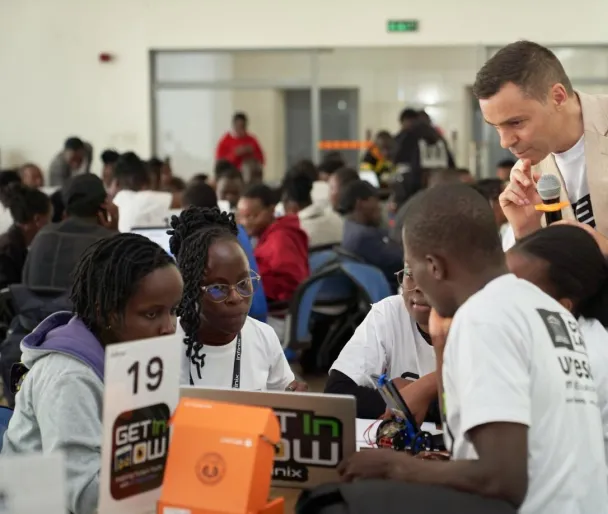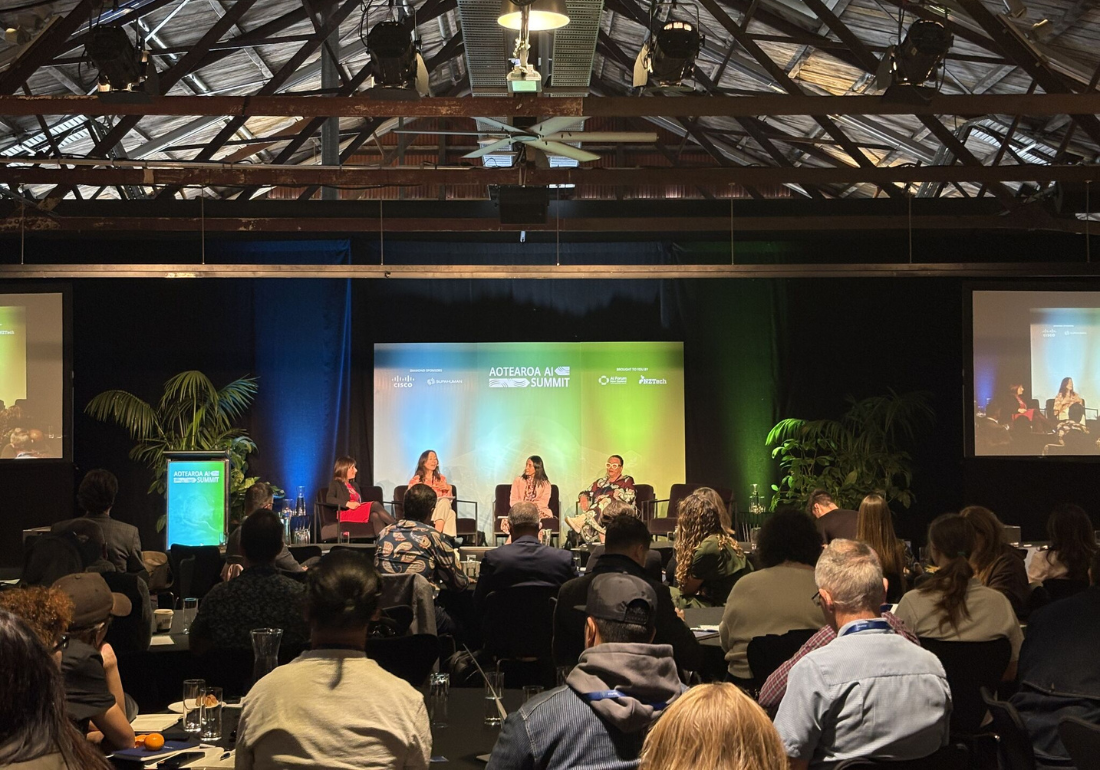Trapped in reactive mode?

The hidden cost of 'keeping the lights on' & why digital leaders are trapped in reactive mode
Digital innovation has never been more critical, yet the very people tasked with driving change find themselves trapped in reactive cycles, unable to break free from the pull of day-to-day ops.
Despite their ambitions, digital leaders are stuck dabbling on the fringes while operational demands consume their capacity.
Without capacity, a vision is just an aspiration.
We all know how hard it is to break out of the reactive and fit the capacity in to drive change. This echoes across sectors, revealing a fundamental tension that's holding back organisations progress.
This isn't for a lack of vision. These leaders understand the potential of technology to innovate their industries. They see the opportunities to create better experiences for their customers and streamline operations. But without capacity, a vision is just an aspiration.
The pattern is predictable and frustrating. Teams allocate resources to strategic initiatives, only to have them pulled back when operational issues arise. What was meant to be a temporary reallocation becomes permanent as firefighting becomes the norm rather than the exception.
Reactive: "We're too busy keeping the lights on to innovate”
Proactive: "What we're innovating on now becomes the solid foundation later"
Innovation Investment
Another broader challenge facing organisations is the difficulty of maintaining innovation momentum during periods of economic uncertainty.
Market pressures create a conservative mindset around resource allocation. When margins are tight, the safe choice appears to be focusing on what's working rather than investing in what might work better. But this approach creates its own risk of falling further behind competitors who are willing to invest in their digital future.
There’s a paradox here as many digital leaders understand that their current operational efficiency gains came from previous investments in innovation. Yet they struggle to justify similar investments today, trapped by the very success of their past digital initiatives.
Reactive: "We can't afford to innovate right now"
Proactive: "The real cost is standing still while everyone else moves forward"
Innovation vs Operations
The traditional framing of operational demands versus strategic innovation creates a false choice. The most successful digital innovations don't pit these against each other but integrate them into a coherent approach to organisational capability building… Sustainable innovation happens when it's built into operational excellence, not when it's treated as a separate, competing priority.
Reactive: "It's either innovation or operations, we can't do both"
Proactive: "The best ops work creates space for innovation, and vice versa"
The Partnership Imperative
Organisations can't solve this capacity paradox alone. The digital leaders who are successfully navigating these challenges are building genuine partnerships with external experts who understand their operational constraints while bringing fresh perspective to strategic opportunities.
Not traditional vendor relationships focused on delivering pre-defined solutions but collaborative partnerships where external teams become extensions of internal capability, bringing both technical expertise and the capacity to think beyond immediate operational demands.
The continuity of working with the same people creates compound value over time, as external partners develop deep organisational knowledge while maintaining strategic perspective.
Reactive: "We need to handle everything internally to maintain control”
Proactive: "Good strategic partnerships multiply our capability by helping us see and do more.
Reframing Digital Investment
We need to reframe how we think about digital investment. Rather than seeing innovation as a luxury that gets cut during challenging times, successful organisations are recognising it as operational infrastructure. Like keeping the lights on.
Efficiency improvements shouldn’t just be about cutting costs but to create capacity for strategic thinking. Likewise, technology investments aren't just solving today's problems but building tomorrow's capabilities.
The organisations that emerge stronger from current economic pressures will be those that figured out how to maintain their innovation momentum even when resources were constrained. They'll have used this period to both optimise and reimagine what's possible.
Reactive: "Strategic work happens when we have spare time"
Proactive: "Strategic thinking is protected time, not leftover time"
The Cultural Shift
Breaking free from the reactive cycle requires a cultural shift within digital teams and the broader organisation; creating space for strategic thinking even when operational demands are high and building organisational resilience that can handle both immediate pressures and long-term investments.
The conversation is shifting from whether organisations can afford to innovate to whether they can afford not to. Digital capability increasingly determines competitive advantage and staying reactive is limiting.








